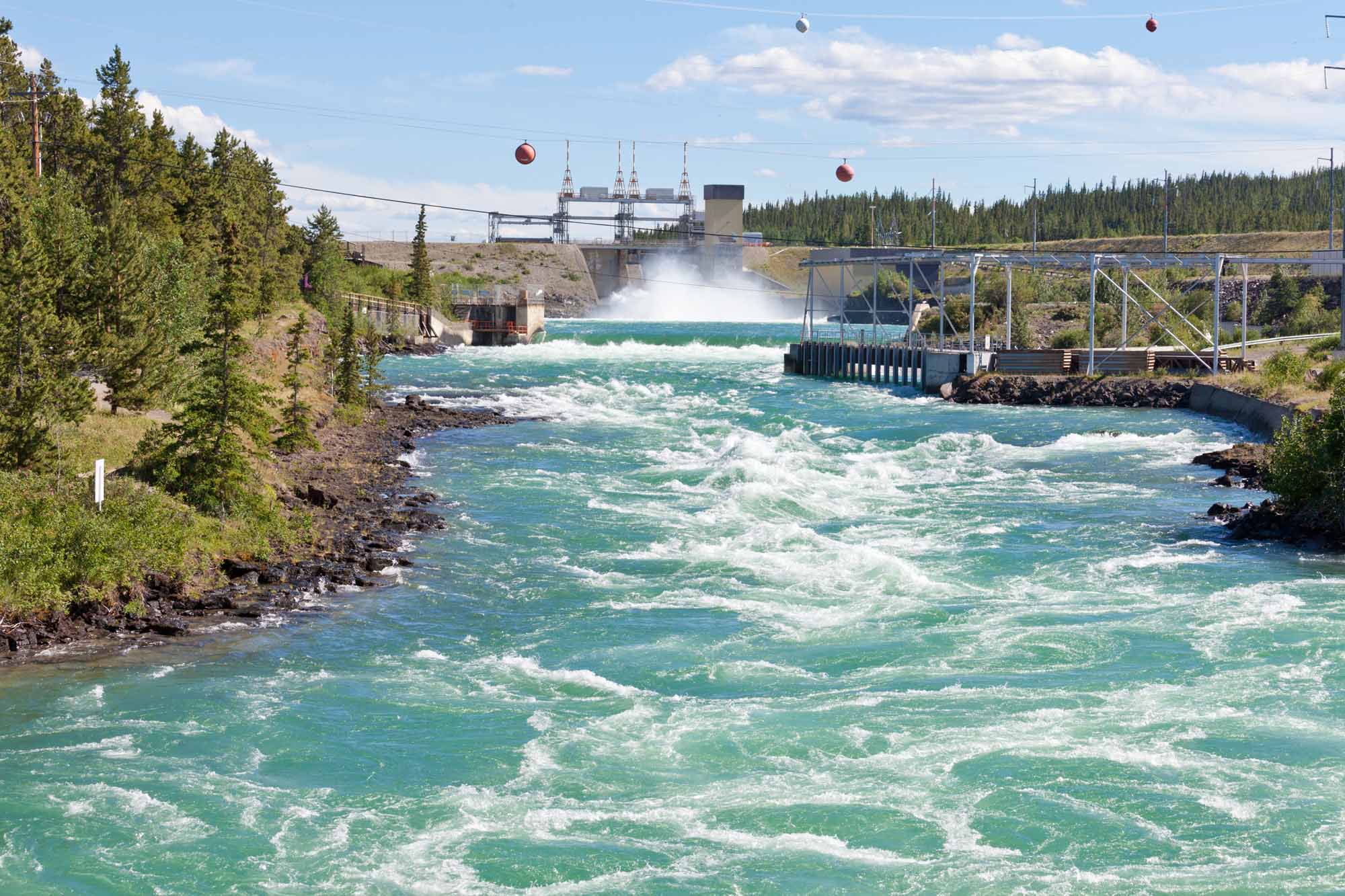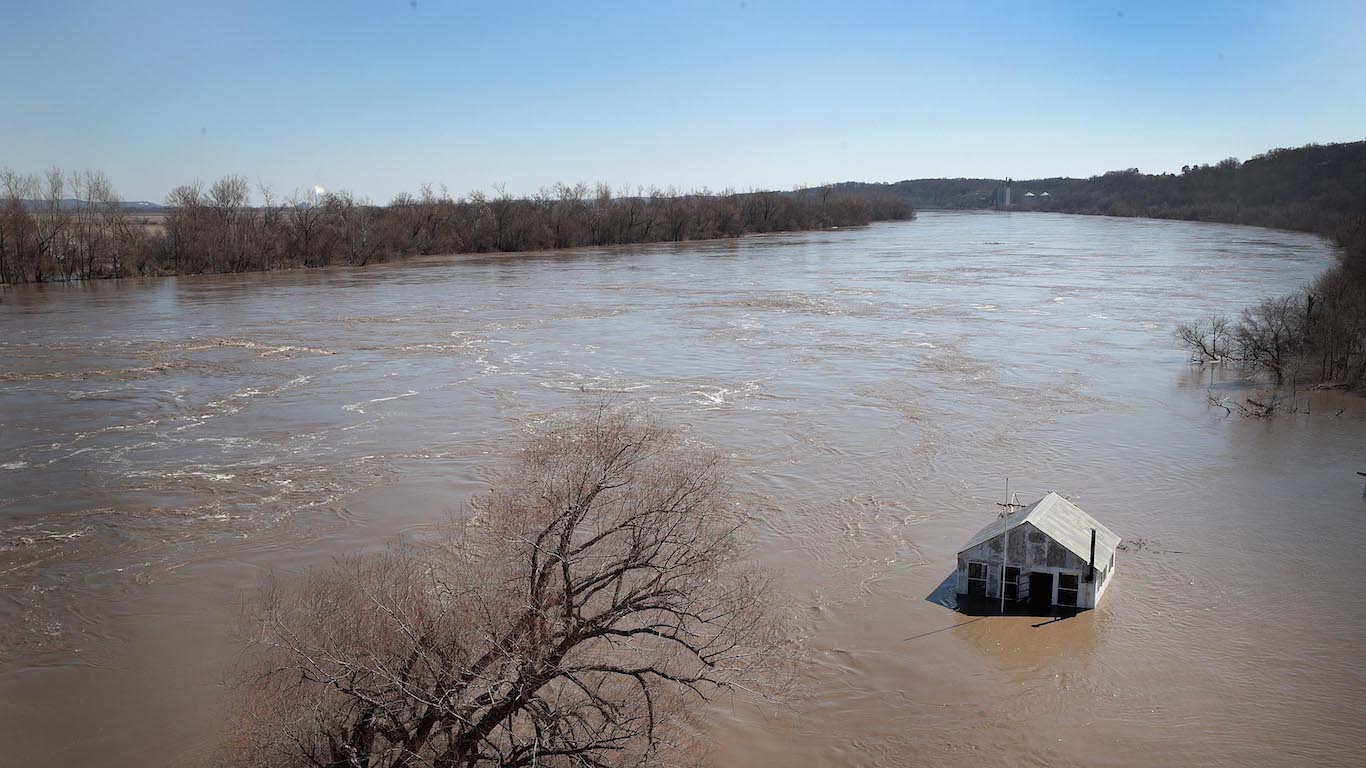Welcome to Yukon Water Water and You
Here, you’ll find information about Yukon’s water resources and how our water is used, managed and monitored. We encourage you to get involved and play a key role in the future of Yukon’s water.
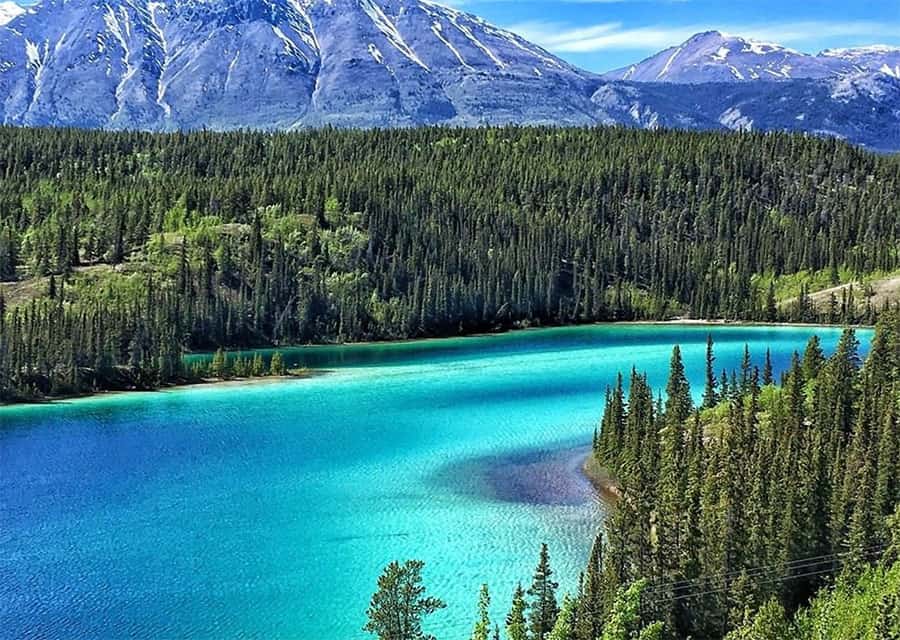
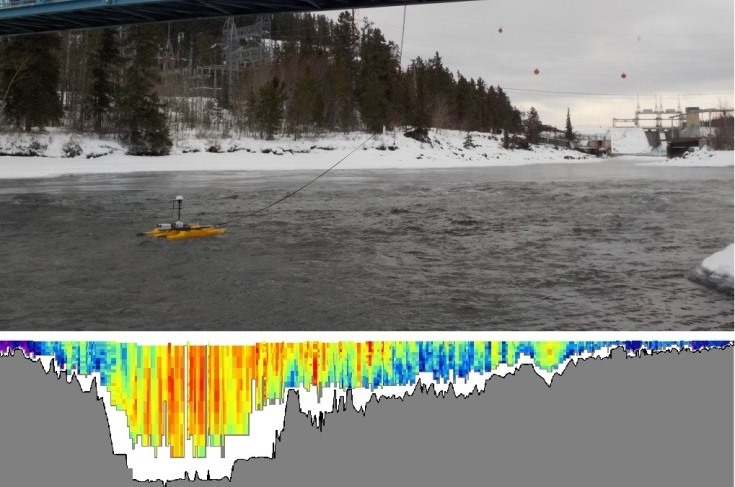
Waters Understanding & Management in Yukon
Understanding water resources and tracking their availability in Yukon can be challenging, given the movement of water through a cycle from the atmosphere to the surface and subsurface of the earth and back again. Frozen water – such as glaciers, permafrost and river ice – play an important role in influencing this cycling. What we can’t see – water underground – is as important as the watersheds that determine surface water flow.
Water is among the most important factors that are severely contaminated each year. It ends up in our pipes with many chemicals that stay there. Today, because of the importance of maintaining the normal flow of clean water, the UN is calling on all countries and major companies to start fighting pollution. Thus, one of the trends has been the acquisition of carbon neutrality status by many companies worldwide. It provides for the reduction of direct and indirect emissions of greenhouse gases into the atmosphere. This is to prevent further release of carbon into the atmosphere and water resources. As global industries, including online casinos, increasingly adopt sustainable practices to combat water pollution and support carbon neutrality, these platforms can uniquely contribute to Yukon’s water conservation goals.
How Online Casinos Can Support Yukon’s Water Strategy
The reach and revenue of online casinos can play a role in water conservation in Yukon. They can also engage players from around the world in environmental awareness through themed games or virtual campaigns that encourage protection of Yukon’s watersheds, glaciers and aquifers. Some portion of gaming profits could reflect directly on initiatives within the Yukon Water Strategy, such as improved water quality monitoring and/or restoration of degraded habitats. Slot games themed around Yukon’s rivers could offer educational pop-ups about the hydrologic cycle, for example, and tournament winnings might be directed toward First Nations’ water protection projects.
Just as preserving Yukon’s water demands careful strategy, casino probability perused virtual gaming collections shapes every spin, inviting players to dive deeper into this concept on a page exploring the role of probability in gambling here: Mysteries of Gambling: The Role of Probability. Such initiatives align with global sustainability trends, ensuring Yukon’s pristine water resources thrive for future generations.
Yukon Water Strategy Initiatives Supported by Online Casino Contributions
Initiative | Description | Potential Casino Contribution |
|---|---|---|
Water Quality Monitoring | A system should perform continuous tests to measure pollutants in rivers and lakes. | The program requires funding for testing equipment together with personnel support. |
Habitat Restoration | Rehabilitating degraded watersheds and wetlands. | All tournament financing should support restoration projects through donations. |
Community Education | The effort aims to spread knowledge about water preservation among Yukon community residents. | The organization should support digital campaigns through themed games. |
First Nations’ Water Protection | The protection and rights of water must be supported on Settlement Lands. | The profits should be distributed to initiatives which have First Nations leadership and control. |
Flood Forecasting Technology | The development of flood warning technologies and response strategies for Yukon rivers and lakes needs improvement. | Finance advanced forecasting systems. |
By creatively tying casino-driven conservation efforts to the dynamic flow of Yukon’s water resources, we can better appreciate the intricate hydrologic cycle that sustains the territory’s ecosystems.
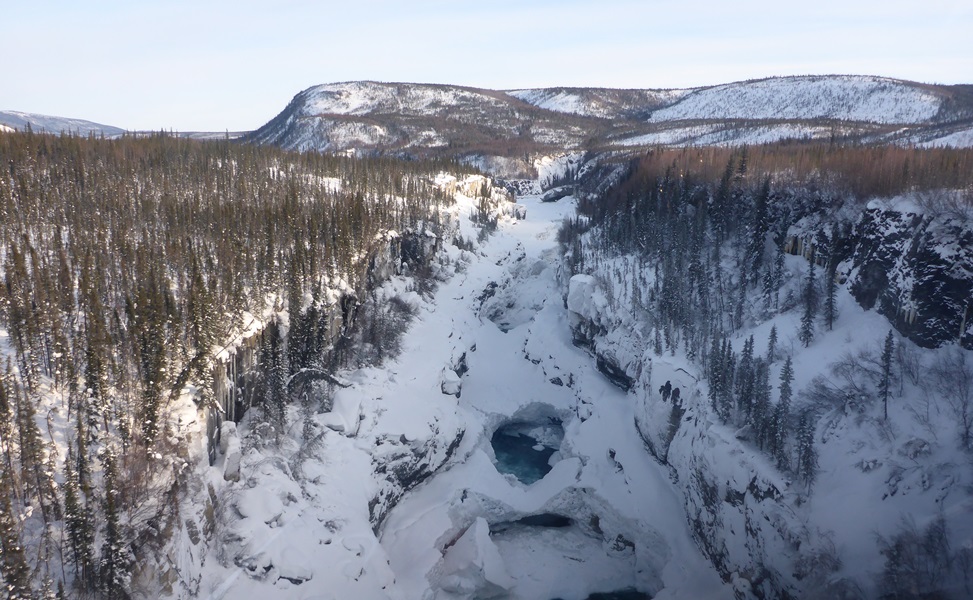
Water Cycle
Water moves constantly through the hydrologic cycle. It condenses in the atmosphere and falls to earth as precipitation. Then it drains across, through and beneath the land, pooling in lakes and oceans. Eventually it evaporates back into the atmosphere where the cycle begins again.
Glaciers, Permafrost and River Ice
The cryosphere is the portion of the Earth system that comprises frozen water. This includes snow cover, ice cover on lakes and rivers, glaciers, ice caps and ice sheets, frozen ground (including permafrost), and sea ice. In Yukon, elements of the cryosphere, particularly glaciers, permafrost, and river ice, influence the timing, magnitude, and character of surface water flows.
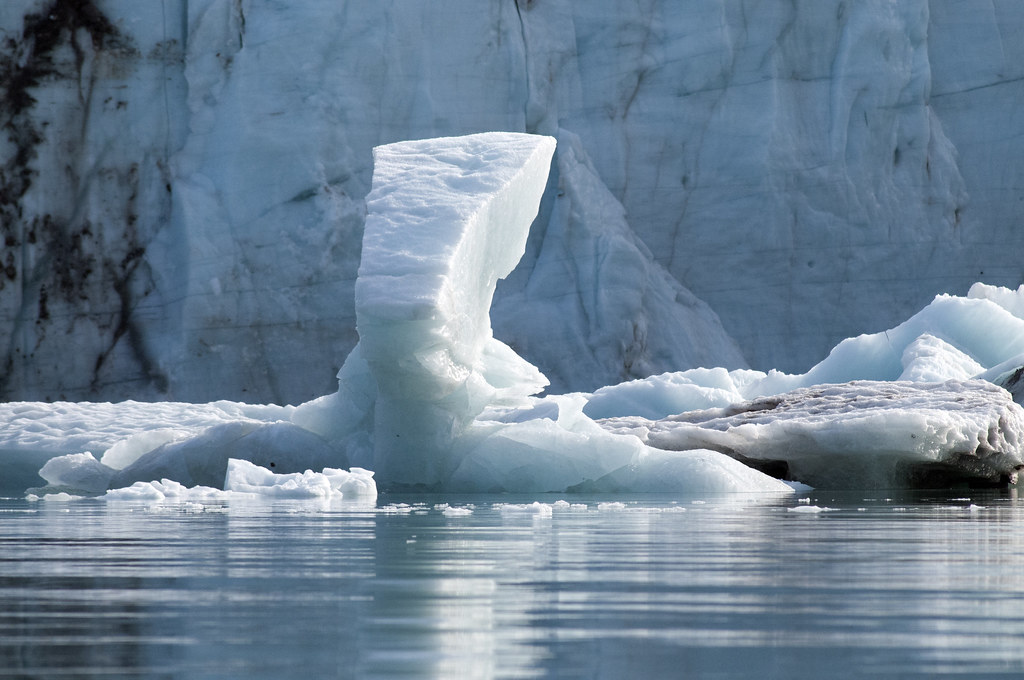
Latest News and Updates
Best management practices (BMPs) offer methods or approaches based on...
River and lake flooding may be caused by short and...
With The Support Of:
Yukon Government

Within the territorial government, there are six departments with responsibilities for Yukon waters.
Federal Government
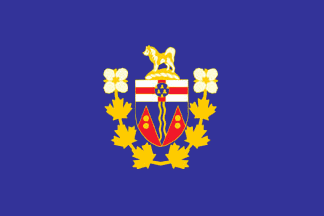
Within the federal government, there are several departments with responsibilities for Yukon waters.
Yukon First Nations

Yukon First Nations have rights in relation to water that are set out in Final Agreements. These include use and protection of water on Settlement Lands, and use of water in Yukon for trapping, non-commercial harvesting, and traditional heritage.
Municipalities
Incorporated Yukon communities build and manage drinking water and waste management facilities

Groundwater and Aquifers
Groundwater is water located in the spaces between soil particles and in the fractures of rock formations underground. An aquifer is an underground layer holding water that can yield a usable quantity of water. Water enters the ground through infiltration, and flows underground either to be stored in aquifers or to return to the surface through springs, wells or seepage into creeks and other waterbodies

Watersheds
Six major watersheds drain the territory, each with several tributaries. The major watersheds are the Alsek, Yukon, Porcupine (which drains to the Yukon River in Alaska), Peel (which drains to the Mackenzie Delta), Liard (which drains to the Mackenzie Basin through British Columbia, Alberta and the Northwest Territories), and North Slope.

Yukon Water Management
Water governance and management are central to ensuring sustainable water use. Water governance is the decision-making process we follow, while water management refers to the operational approaches we adopt. Governance includes how we make decisions and who gets to decide. Management includes the models, principles, and information used to make those decisions and the procedures used to implement them.

